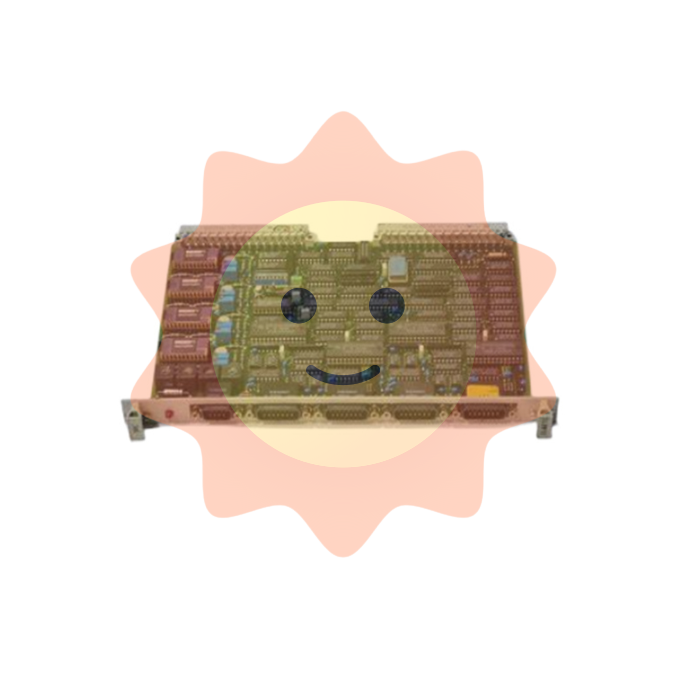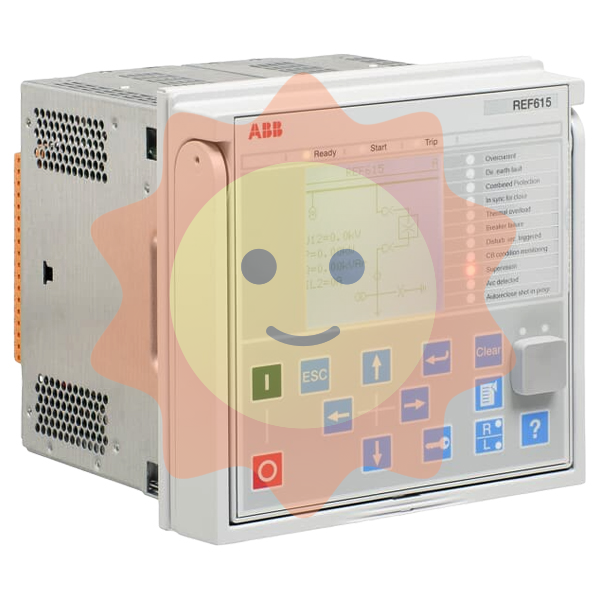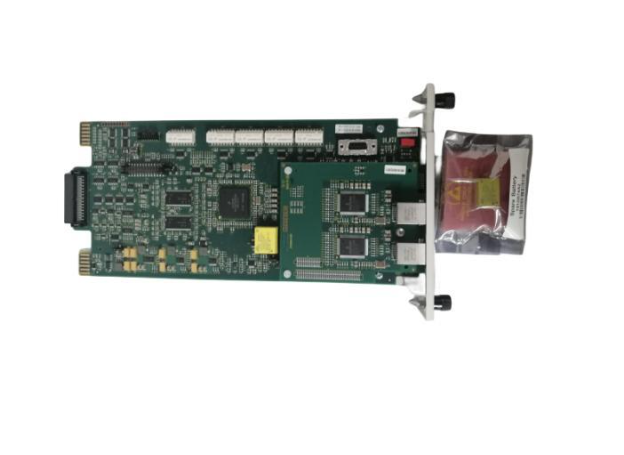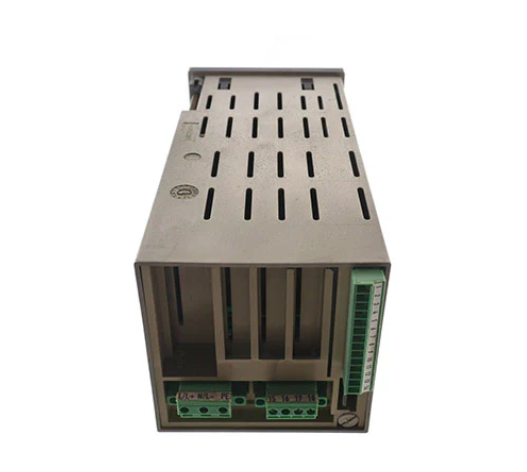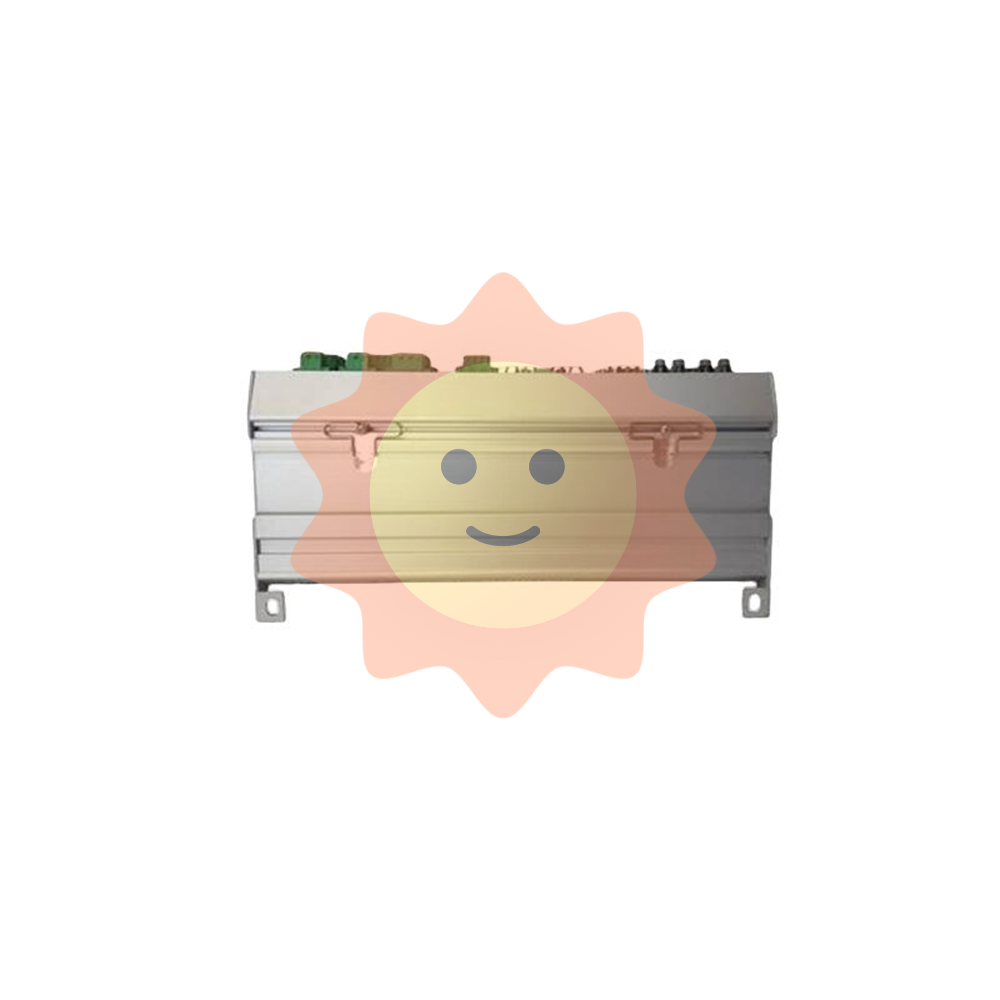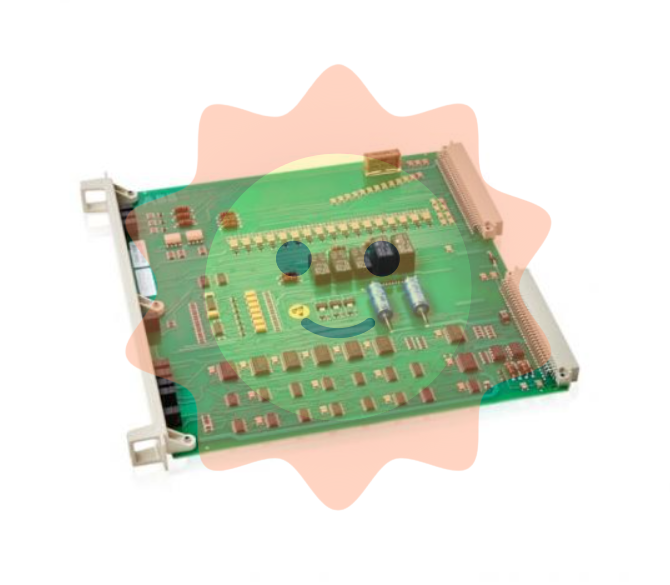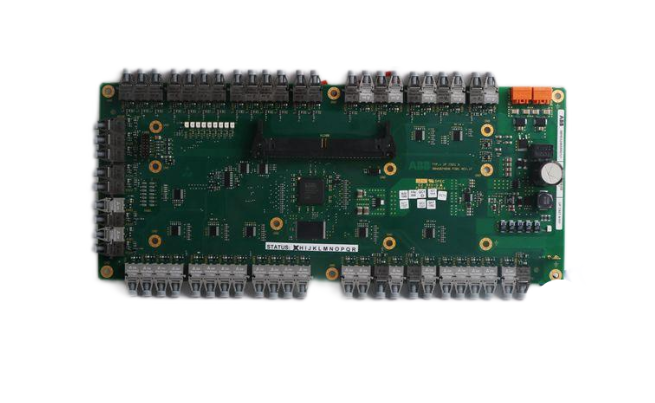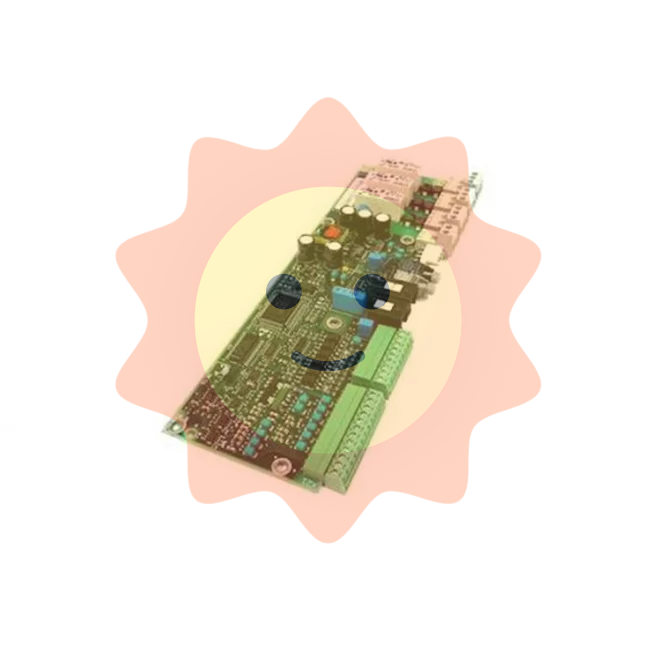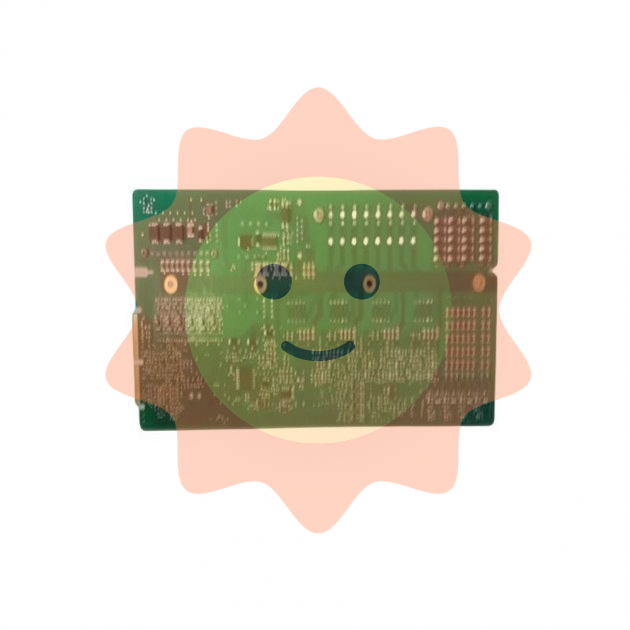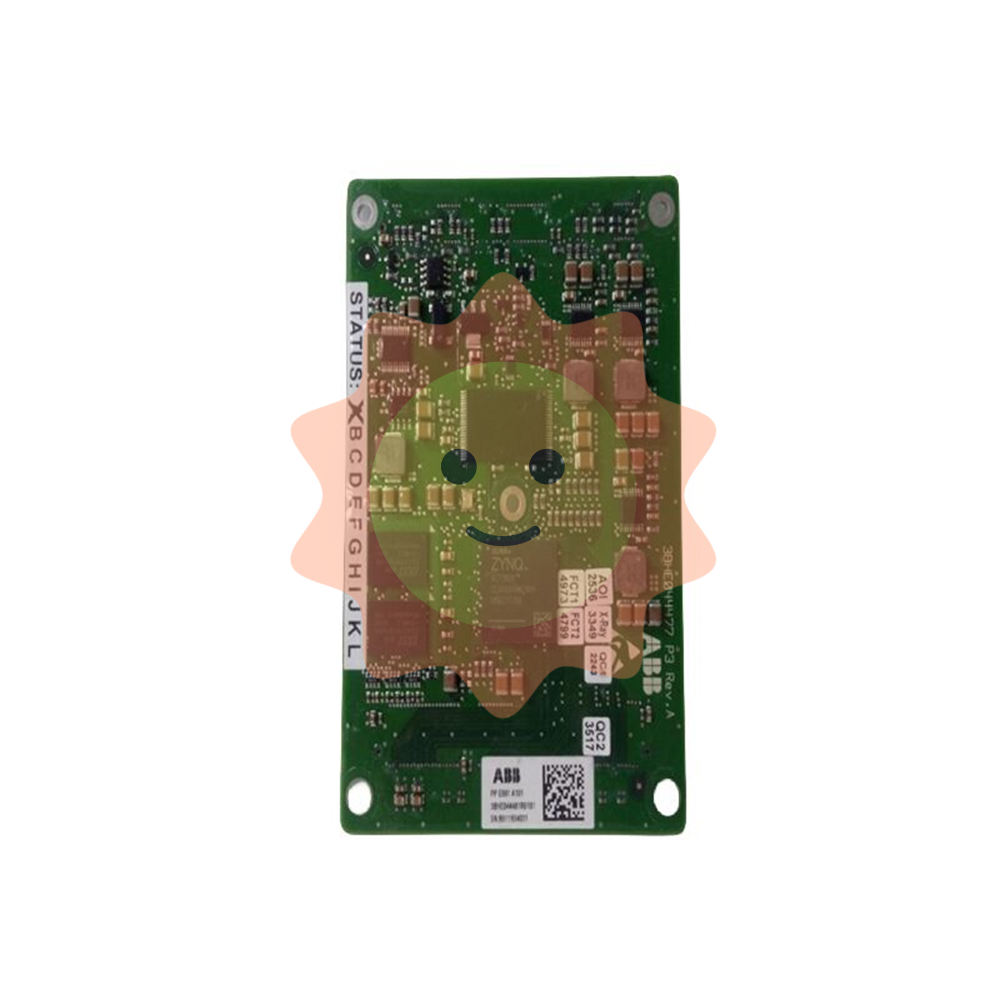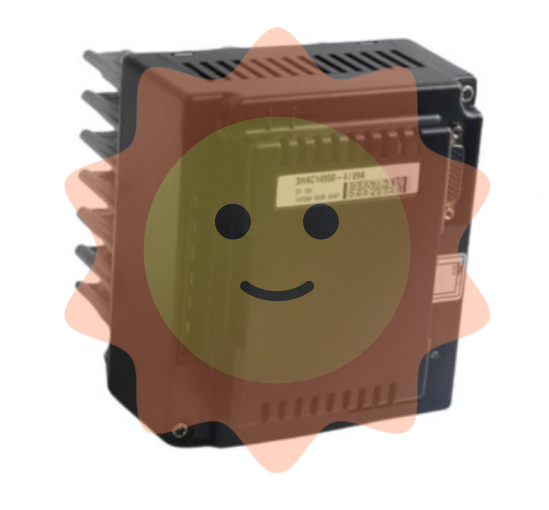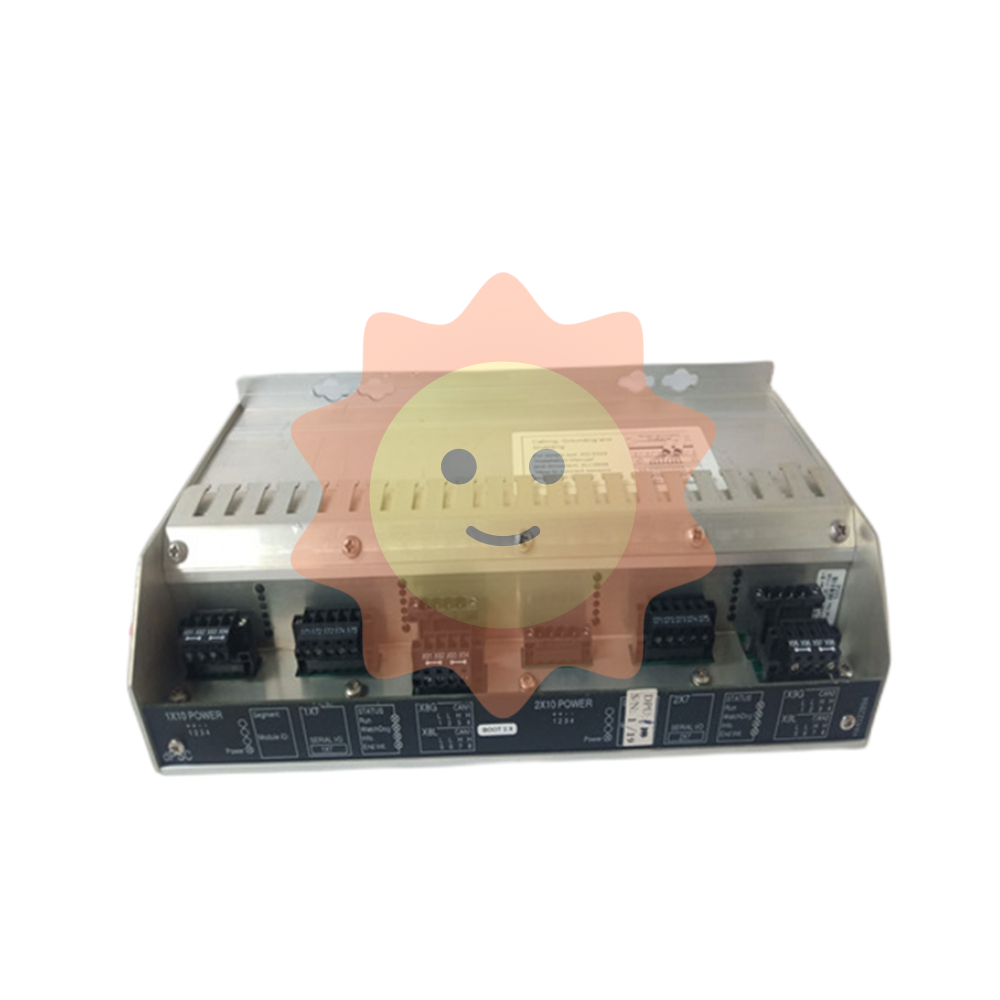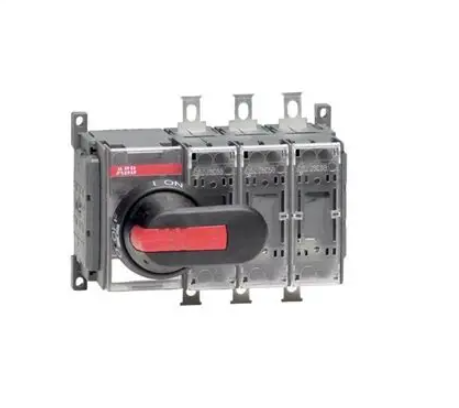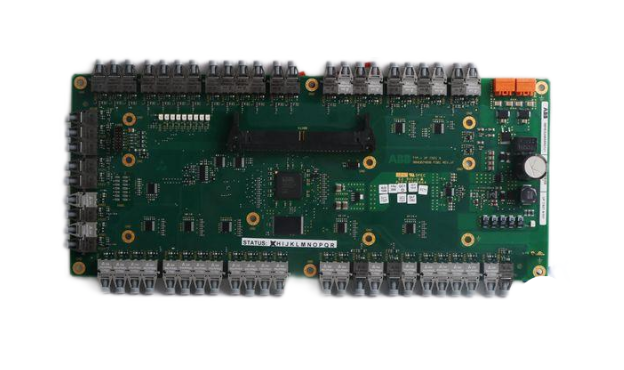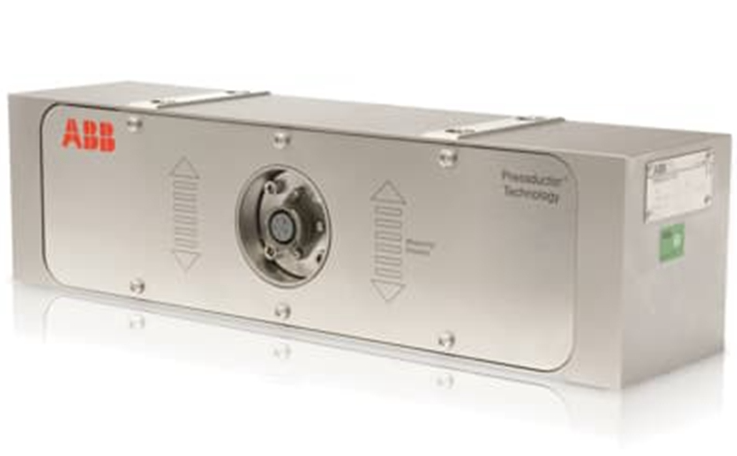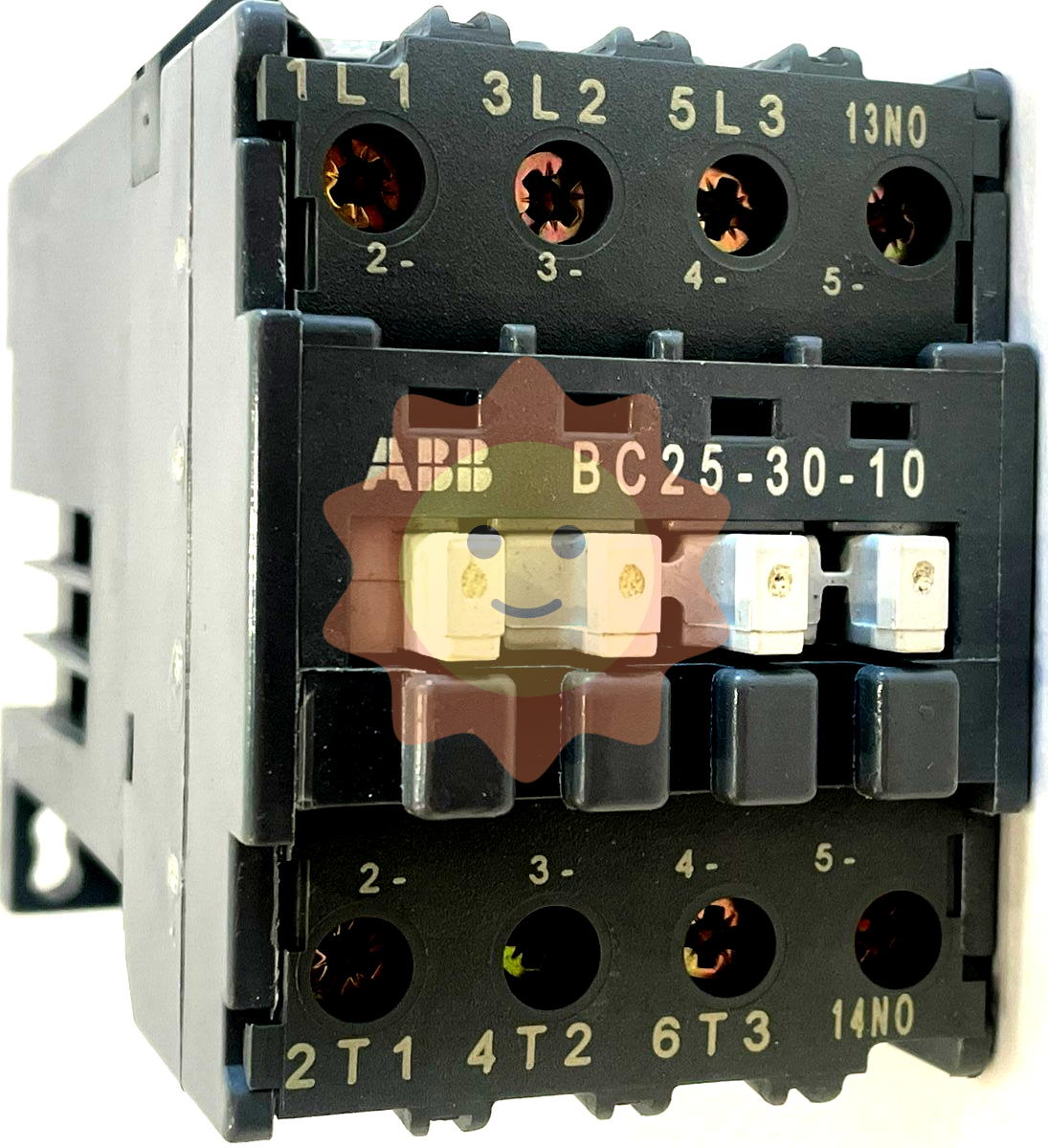Zygo NewView 9000 3D Optical Profilometer Technology Advantages
Zygo NewView 9000 3D Optical Profilometer Technology Advantages
Equipment core positioning and technological advantages
1. Core positioning
NewView 9000 is a high-end desktop 3D surface profilometer launched by Zygo, which adopts non-contact measurement technology and is designed for "high-precision, wide adaptability, and high robustness" surface characterization. It can cover the full scene measurement requirements from "atomic level smooth surfaces" to "rough microstructure surfaces". Typical applications include surface morphology, texture, and step height analysis of MEMS devices, optical components, precision mechanical parts, etc.
2. Four core technological advantages
The specific manifestation value of technological advantages
Full scene surface adaptation supports 3D visualization of rough, polished, high slope surfaces, and even transparent films;
Samples with low reflectivity (≥ 0.05%) and high slope (smooth surface ≤ 55 °, scattering surface ≤ 85 °) can be measured without sample pretreatment, covering over 90% of micro nano surface measurement requirements
Strong measurement robustness equipped with Zygo patented technology (such as SureScan) ™), Can still maintain accuracy in vibration environments (1-120Hz);
Data collection without blind spots - even if there are complex features on the surface (such as grooves and sharp corners), effective height data can still be generated to adapt to non ideal environments such as workshops and multi device laboratories, reducing measurement failure rates
Balancing high precision and high speed with vertical resolution: sub angstrom level (RMS repeatability 0.008nm), and independent of magnification;
Acquisition speed: Complete full field of view measurement within 1 second in Smart PSI mode, balancing "nanometer level accuracy" and "batch measurement efficiency", suitable for scientific research and industrial quality inspection
High operational convenience, open structure design, convenient sample loading and observation;
The software adopts a "workflow oriented" logic, which can complete complex analysis without professional programming skills, reduce operational barriers, and shorten personnel training cycles
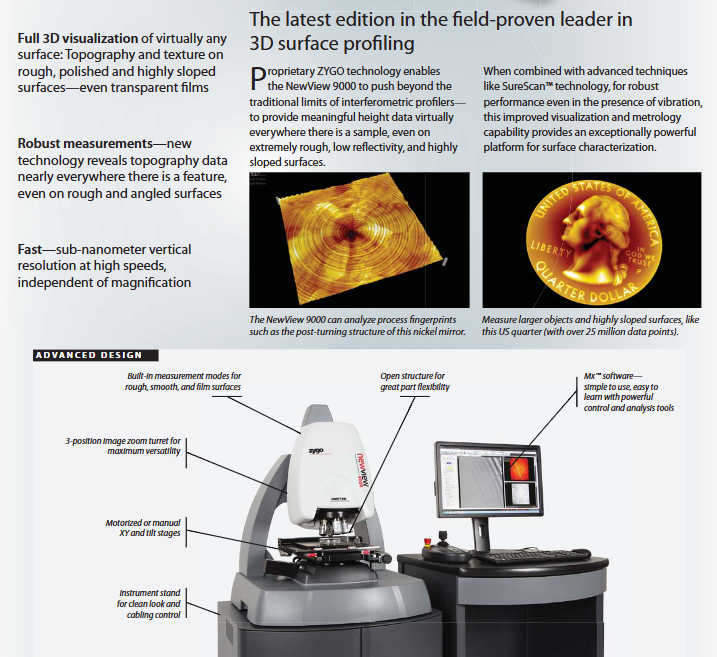
Hardware configuration and performance indicators
1. Core hardware components
(1) Optical system
Specific configuration characteristics of components
Measurement technology: 3D coherent scanning interferometry (CSI)+Smart PSI technology (sub angstrom accuracy)+SureScan ™ Technology (anti vibration) multi technology integration, balancing accuracy, speed, and anti-interference ability
The most comprehensive selection of objective lenses in the objective lens system industry, covering 1 × -100 × magnification and supporting 4 types of objective lens:
1. Standard working distance (e.g. 100 × NA=0.85, optimal optical resolution);
2. Long working distance (LWD, such as 1 x working distance of 8mm);
3. Extra long working distance (SLWD, such as 1 ×/5 × working distance of 40mm);
4. Glass compensation (GC, suitable for samples with transparent windows) adapts to different sample thicknesses and loading methods, such as SLWD objective for thick samples and GC objective for samples with protective windows
Optical zoom comes standard with a 3-digit electric coding zoom turntable (including a 1.0 x zoom tube), with optional 0.5 x/0.75 x/1.5 x/2.0 x zoom components and objective lenses to expand the field of view (0.04 x 0.04mm-17.49 x 17.49mm). The coding design ensures repeatability of zoom positions
Lighting system with white LED light source, equipped with manual field stop, aperture stop, and spectral filter to adapt to different reflectivity samples, adjust lighting intensity and spectrum, and improve data signal-to-noise ratio
(2) Motion and stage system
Stage type XY axis stroke tilt range (Tilt) Core advantages
Manual stage 100mm ± 4 °, low cost, suitable for fixed position measurement
Electric stage (optional) 150mm ± 4 ° supports automated stitching (field of view stitching) and patterned sampling;
Optional "Encoding XYZ" configuration for higher repeatability in positioning
Workplace standard: 89 × 150 × 150mm;
Optional 176mm riser kit: 265 × 150 × 150mm supports large-sized samples (such as 89mm high samples), and the riser kit is suitable for measuring deep cavities and thick samples
(3) Structural and environmental adaptation
Physical dimensions: desktop host 75 × 64 × 56cm, with bracket 151 × 73 × 61cm;
Weight: desktop 91kg, with bracket 229kg;
Vibration isolation: comes standard with a vibration isolation system that meets VC-C level vibration standards (1-120Hz);
Environmental requirements: temperature 15-30 ℃ (rate of change<1 ℃/15min), humidity 5% -95%, no condensation.
2. Key performance indicators (laboratory conditions)
Performance category indicator notes
Surface morphology repeatability at 0.08nm full magnification, suitable for Smart PSI mode+3 × 3 median filtering
RMS roughness repeatability of 0.008nm, also known as' vertical resolution ', reflects the accuracy of surface detail measurement
Field of view range 0.04 × 0.04mm (100 × objective lens+2 × zoom)~17.49 × 17.49mm (1 × objective lens+0.5 × zoom) supports field of view stitching, expanding to a larger measurement area
- EMERSON
- Honeywell
- CTI
- Rolls-Royce
- General Electric
- Woodward
- Yaskawa
- xYCOM
- Motorola
- Siemens
- Rockwell
- ABB
- B&R
- HIMA
- Construction site
- electricity
- Automobile market
- PLC
- DCS
- Motor drivers
- VSD
- Implications
- cement
- CO2
- CEM
- methane
- Artificial intelligence
- Titanic
- Solar energy
- Hydrogen fuel cell
- Hydrogen and fuel cells
- Hydrogen and oxygen fuel cells
- tyre
- Chemical fiber
- dynamo
- corpuscle
- Pulp and paper
- printing
- fossil
- FANUC
- Food and beverage
- Life science
- Sewage treatment
- Personal care
- electricity
- boats
- infrastructure
- Automobile industry
- metallurgy
- Nuclear power generation
- Geothermal power generation
- Water and wastewater
- Infrastructure construction
- Mine hazard
- steel
- papermaking
- Natural gas industry
- Infrastructure construction
- Power and energy
- Rubber and plastic
- Renewable energy
- pharmacy
- mining
- Plastic industry
- Schneider
- Kongsberg
- NI
- Wind energy
- International petroleum
- International new energy network
- gas
- WATLOW
- ProSoft
- SEW
- wind
- ADVANCED
- Reliance
- YOKOGAWA
- TRICONEX
- FOXBORO
- METSO
- MAN
- Advantest
- ADVANCED
- ALSTOM
- Control Wave
- AB
- AMAT
- STUDER
- KONGSBERG
- MOTOROLA
- DANAHER MOTION
- Bently
- Galil
- EATON
- MOLEX
- Triconex
- DEIF
- B&W
- ZYGO
- Aerotech
- DANFOSS
- KOLLMORGEN
- Beijer
- Endress+Hauser
- MOOG
- KB
- Moxa
- Rexroth


Email:wang@kongjiangauto.com



























































